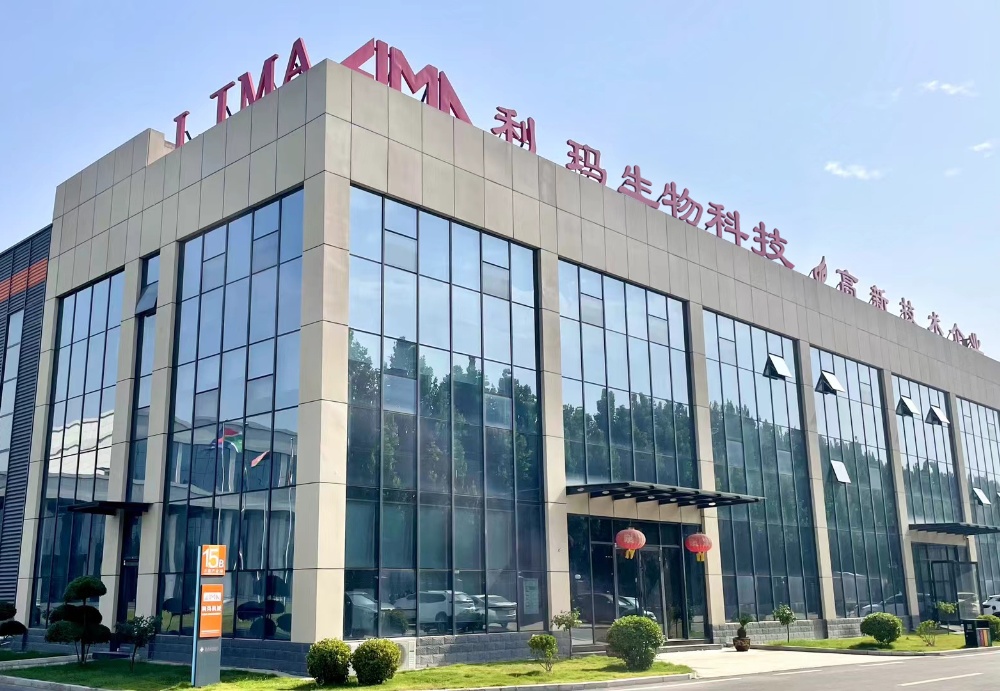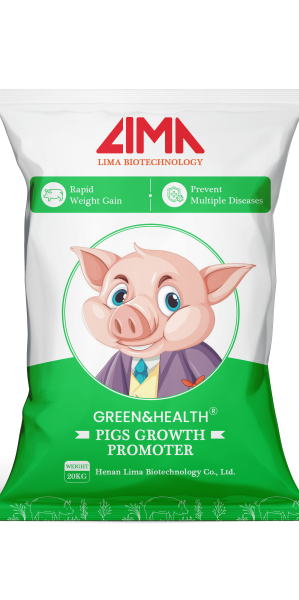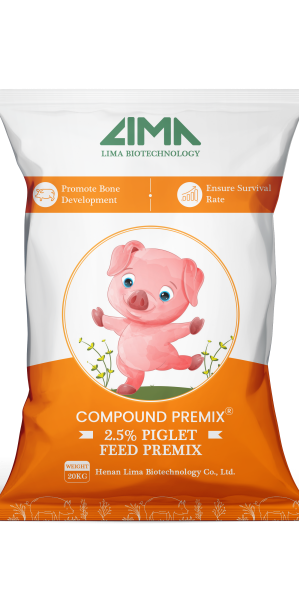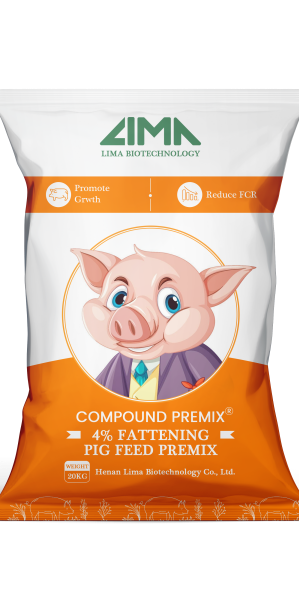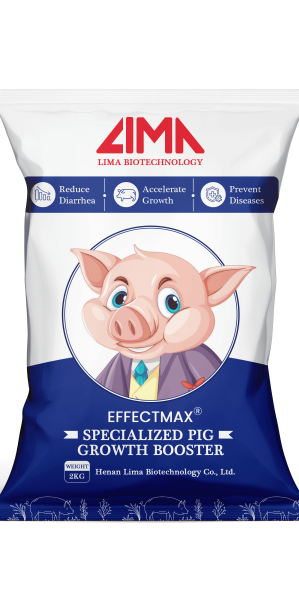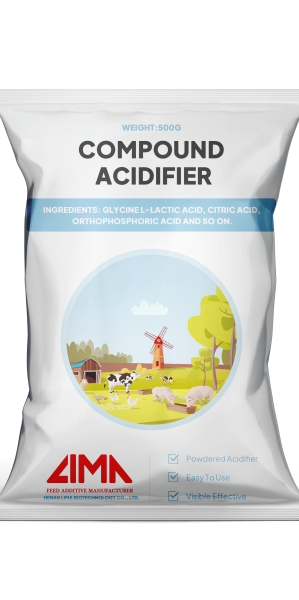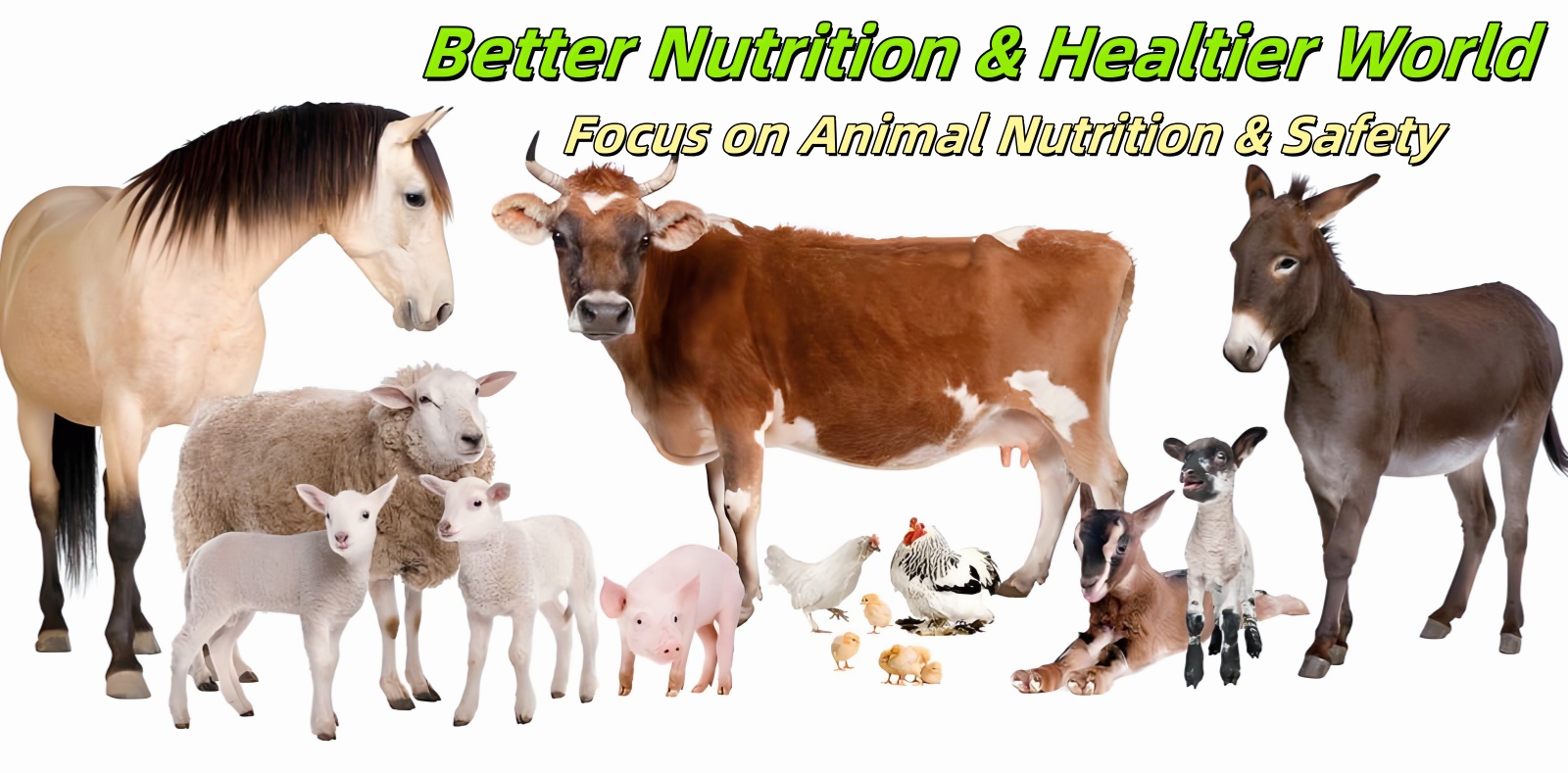In today’s competitive pig farming industry, finding the most effective way to fatten pigs quickly—without compromising their health—is a challenge every farmer faces. With feed costs rising and market demands increasing, simply providing more food is no longer enough.
The key lies in combining smart nutrition, scientific management, and proven growth boosters. Backed by industry research and practical data, this article reveals the most reliable strategies and products to help you maximize weight gain efficiently and profitably.
Introduction on promoting growth in pigs
Pig growth rate is a key factor affecting farming profits. Scientific data shows that by optimizing feeding management and nutritional programs, the growth efficiency of fattening pigs can be improved by 15% to 20%, significantly shortening the market-ready period.
Research by Pig Progress shows that systematic fattening strategies not only accelerate weight gain but also control costs by reducing the feed-to-meat ratio.
Utilizing premium Pig growth promoters and Pig weight gain supplements, like those developed by Lima biotech, can further enhance these outcomes by improving nutrient absorption and feed conversion.

Key Factors Affecting Pig Weight Gain
Nutritional Supply: Precise Ratio of Energy and Protein
High-energy, high-protein feed is the foundation of fattening. Data shows that protein requirements for piglets reach 17%–18%, and adjusting to 15% during the finishing phase optimizes muscle growth; the optimal ratio of corn to soybean meal (e.g., 50% yellow corn + soybean meal) provides balanced amino acids, increasing daily weight gain by 10%–12%.
Additionally, feed must include key nutrients such as calcium, phosphorus, and vitamins A/D/E. Deficiencies can lead to metabolic disorders and impair weight gain efficiency.
Incorporating Pig growth enhancers from reliable manufacturers like Lima bio ensures these nutrient requirements are met with precision, offering farmers a Pig growth accelerator that supports both muscle and skeletal development.
Feeding Management: A Scientific Upgrade from “Eating Enough” to “Eating Well”
Scheduled, controlled feeding maintains the pigs' feeding enthusiasm, and the application of automatic feeding equipment is particularly critical. Studies show that automated feeding systems can increase daily weight gain by 8%–12% and reduce the feed-to-meat ratio by 15%.
Additionally, note that weaned piglets should transition to solid feed through “supplementary feeding,” and the feed formulation should be adjusted in stages during the finishing period (e.g., increasing the proportion of energy feed after 30 kg) to avoid feed aversion caused by a single feed type.
Combined with scientifically formulated Pig weight gain supplements from companies like Lima bio, this feeding approach maximizes feed efficiency and supports consistent growth.
Environmental control: precise regulation of temperature and space
Pig barn temperature directly affects metabolic efficiency: 15–20°C is the optimal growth range. Below 10°C, pigs consume more energy to maintain body temperature, resulting in a 5%–8% decrease in daily weight gain; above 25°C, heat stress occurs, leading to a sharp decline in feed intake.
Additionally, each finishing pig requires 2–3 square meters of activity space. Crowded conditions can lead to stress from fighting, reducing feed conversion efficiency. Good ventilation and hygiene conditions can reduce disease incidence by 30%, indirectly improving growth rates.
Using high-quality Pig growth promoters alongside optimized environmental controls ensures pigs grow healthily and efficiently.
Genetic foundation: Breed determines the upper limit of weight gain potential
High-quality breeds such as Duroc and Landrace can achieve average daily weight gains of 800–900 grams, which is 20%–30% higher than ordinary breeds. However, genetic advantages must be combined with scientific management—even if the breed is excellent, if the feed nutrition is unbalanced or the environment is poor, the weight gain effect will be halved.
Scientific Fattening Programs and Product Applications
High-Efficiency Composite Premixes: The Core Support for Nutritional Enhancement
Taking the fattening premix recommended by Lima as an example, it integrates amino acids, trace elements, and vitamins, enabling fattening pigs to reach market weight 7–10 days earlier. The key to such products lies in “precise formulation” to promote synchronized development of bones and muscles.
Lima Biological’s Pig growth accelerator products are formulated to complement premixes perfectly, providing a holistic approach to fattening by improving feed conversion and accelerating muscle gain.
Functional Additives: The Preferred Solution for Safe Growth Promotion
Enzyme Preparations and Plant Extracts: Composite preparations containing proteases and cellulases can increase feed digestibility by 10–15% and reduce diarrhea rates; their natural plant components improve intestinal health and increase feed intake.
Microbial preparations: According to research in *Pig Farming*, adding specific probiotics can reduce diarrhea rates in pig herds by 30% and increase daily weight gain by 5–8%.

Feed structure optimization: Stage-specific precise nutrient supply
30–60 kg stage: Use a high-energy, high-protein formula to maximize growth potential.
60 kg to market weight: Appropriately reduce protein content to 14%, increase energy feeds like corn, and reduce fat deposition costs. Danish SEGES data shows that stage-based feeding can reduce feed costs by 8%–10%.
Innovative feeding model: From “ad libitum feeding” to “precise control”
Pigs from 30 to 60 kg can feed ad libitum to maximize growth potential; after 60 kg, adopt “limited feeding” to avoid excessive feeding leading to fat accumulation. Research shows that precise feed control can increase lean meat ratio by 3% to 5% while reducing feed waste by over 10%.
Practical Guide: Avoiding Common Mistakes in Weight Gain, Achieving Scientific Weight Gain
Warning Against Common Mistakes
Blindly adding high-sugar feed (such as sweets): This may cause metabolic disorders and even induce diabetes.
Neglecting fiber control: High-fiber feed (such as rice bran) consumes more digestive energy, leading to slower weight gain.
Correct Strategy Combination
Nutrition + Management Dual Drive: Select certified premixes and combine with automatic feeding and temperature control systems.
Regular Health Monitoring: Weigh and record weekly; promptly investigate diseases (such as PRRS, PED, etc.) when abnormalities like decreased appetite or diarrhea are detected.
Environmental Safety Control: Regular disinfection and deworming (every 30 days) to prevent parasites from competing for nutrients.
Pig fattening is a synergistic endeavor involving nutrition, environment, and management: high-quality premixes and additives can enhance growth efficiency, scientific feeding and environmental control can amplify product effectiveness, while breed selection and health management serve as the foundational safeguards.
Practical experience shows that adopting a systematic approach combining “precision nutrition + environmental optimization + health management” can stabilize daily weight gain in finishing pigs at over 800g, control the feed-to-meat ratio below 2.8:1, and ultimately achieve dual benefits of shorter market-ready time and reduced costs.
It is recommended that pig farmers tailor fattening programs suited to their farm conditions by referencing the data and strategies outlined in this article to effectively enhance economic benefits.













